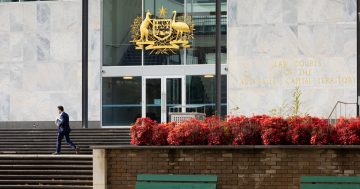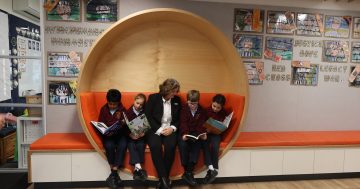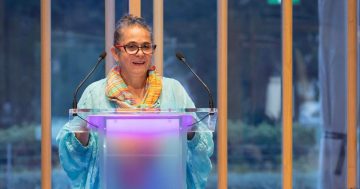[First filed: September 16, 2009 @ 06:34]
I’ve just been watching Four Corners on ABC TV, and they had a very interesting story about bilingual education in Northern Territory public schools. You can check out the details here.
In short, English literacy tests showed that some NT public schools had poor results. The NT government decided that bilingual teaching – where students learn in both their local indigenous language and in English – was the cause of the problem, and mandated a minimum four hours per day (and school is only a 6 hour day with an hour or more of lunch breaks) in English. This was despite evidence that some schools in NT where teaching is predominantly in English also had poor results. Teachers talked about the cultural importance of preserving indigenous language, and the schools role in community and culture.
Here in Canberra, we have public primary schools with popular bilingual programs – Telopea’s French, Yarralumla’s Italian (used to be at Lyons), and Mawson’s Chinese programs for example. It is considered to be a sign of greater language ability and a useful life skill to have children speaking more than one language fluently.
So how did we end up with a country where at one end, children are seen to be smarter for going to a school where they learn in two languages, while at the other end of the country children are no longer allowed to learn bilingually even though the indigenous language is used by nearly everyone else in their local community?





















